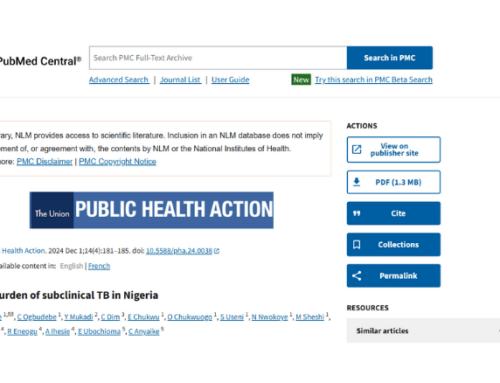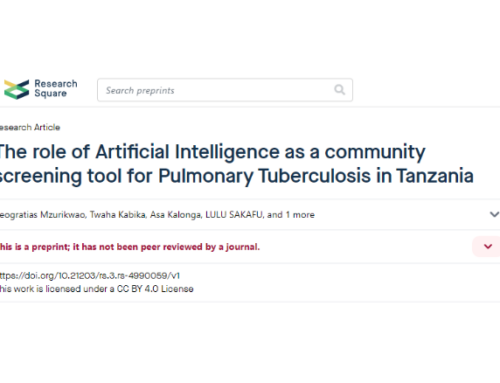The Sensitivity and Specificity of Using a Computer Aided Diagnosis Program for Automatically Scoring Chest X-Rays of Presumptive TB Patients Compared with Xpert MTB/RIF in Lusaka Zambia
🔗2014
🔗Journal/Publication: PLOS one
🔗Read it in full version: https://doi.org/10.1371/journal.pone.0093757
Abstract
Objective: To determine the sensitivity and specificity of a Computer Aided Diagnosis (CAD) program for scoring chest x-rays (CXRs) of presumptive tuberculosis (TB) patients compared to Xpert MTB/RIF (Xpert).
Method: Consecutive presumptive TB patients with a cough of any duration were offered digital CXR, and opt out HIV testing. CXRs were electronically scored as normal (CAD score ≤60) or abnormal (CAD score>60) using a CAD program. All patients regardless of CAD score were requested to submit a spot sputum sample for testing with Xpert and a spot and morning sample for testing with LED Fluorescence Microscopy-(FM).
Results: Of 350 patients with evaluable data, 291 (83.1%) had an abnormal CXR score by CAD. The sensitivity, specificity, positive predictive value (PPV) and negative predictive value (NPV) of CXR compared to Xpert were 100% (95%CI 96.2–100), 23.2% (95%CI 18.2–28.9), 33.0% (95%CI 27.6–38.7) and 100% (95% 93.9–100), respectively. The area under the receiver operator curve (AUC) for CAD was 0.71 (95%CI 0.66–0.77). CXR abnormality correlated with smear grade (r = 0.30, p<0.0001) and with Xpert CT(r = 0.37, p<0.0001).
Conclusions: To our knowledge this is the first time that a CAD program for TB has been successfully tested in a real world setting. The study shows that the CAD program had high sensitivity but low specificity and PPV. The use of CAD with digital CXR has the potential to increase the use and availability of chest radiography in screening for TB where trained human resources are scarce.



